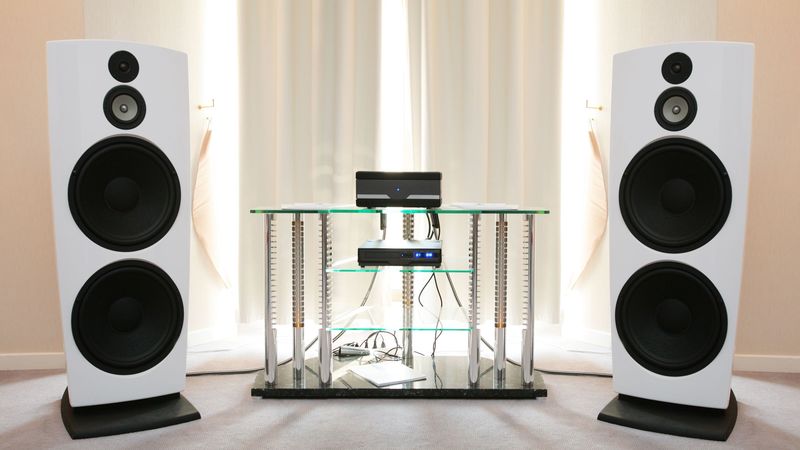Programmable power supplies permit remote operation through a digital or analog input. Types of controls can be current, voltage or frequency. These power sources have multiple applications, including monitoring for crystal growth, automated equipment testing, x-ray generators and semiconductor fabrication.
Defining Characteristic
As opposed to traditional IC-based supplies, which draw current per their needs at a given moment without outside control or manual adjustment, a programmable power source permits individual control of current fields and voltage.
Control Interfaces
Parameters on a programmable power supply can be set with a rotary encoder, a numeric keypad or even a remote PC. They also allow monitoring and control of operations via a microcomputer and can employ standard and proprietary communication protocols and control languages.
User interfaces also include displays for relevant information and parameters, such as operational mode, current amp and voltage, set amp and voltage amp and more.
Output Protection
Where a traditional power supply may overheat due to a short, a programmable power source allows manual shutdown of the output in the event of a short circuit.
Output Capability
While a linear supply typically has a single-channel output, which necessitates multiple units in series to run multiple circuit types, a programmable power source will provide two or three outputs, typically isolated, which can be joined in series to run more than one circuit type.
A World-Class Power Supply Manufacturer
Serving a wide range of markets, from manufacturing and military to government research and universities, a world-class supplier of power-supplies and amplifiers based in West Nyack, NY, can provide advanced, flexible and reliable AC power supplies in the ultrasound and audio frequencies in such instances as testing for piezo elements, Helmholtz coils, lamps, protective relays, circuit breakers and more. Contact Amp-Line Corp at (845) 623-3288 to learn more.

